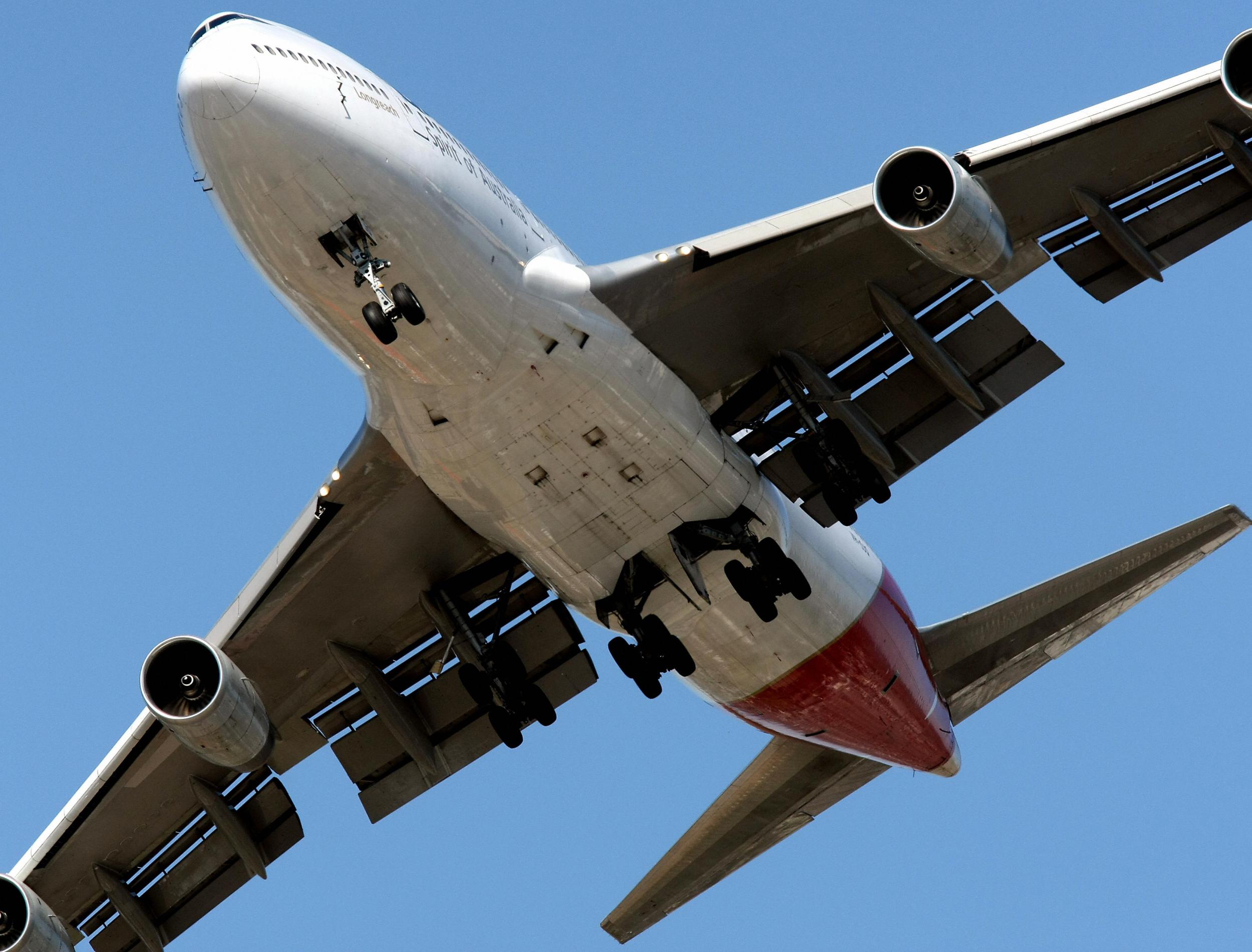Qantas flight to Hong Kong leaves 15 hurt after 'stick-shaker' warning activated
'Stick shaker' incidents are so rare that most commercial airline pilots go their whole career without encountering one, other than during training, aviation expert says

Your support helps us to tell the story
From reproductive rights to climate change to Big Tech, The Independent is on the ground when the story is developing. Whether it's investigating the financials of Elon Musk's pro-Trump PAC or producing our latest documentary, 'The A Word', which shines a light on the American women fighting for reproductive rights, we know how important it is to parse out the facts from the messaging.
At such a critical moment in US history, we need reporters on the ground. Your donation allows us to keep sending journalists to speak to both sides of the story.
The Independent is trusted by Americans across the entire political spectrum. And unlike many other quality news outlets, we choose not to lock Americans out of our reporting and analysis with paywalls. We believe quality journalism should be available to everyone, paid for by those who can afford it.
Your support makes all the difference.Qantas has announced an internal review into a serious and unusual mid-air incident that occurred last week, in which a jet's "stick-shaker" warning was activated and 15 passengers were injured.
Flight QF29 from Melbourne to Hong Kong was about an hour from its destination when the plane is believed to have hit severe turbulence last Friday, which lasted about two minutes.
The Boeing 747's "stick-shaker" warning came on, rattling the pilot's control stick to indicate the plane was in danger of stalling.
Experts say stick shaker incidents are so rare that most commercial airline pilots go their whole career without encountering one, other than during training.
The Australian Transport Safety Bureau, which is investigating the incident, said the pilots experienced “airframe buffeting” while holding at 22,000 feet and disconnected autopilot and “manouevred the aircraft in response”.
The safety watchdog is treating it as a “serious incident”, meaning there were indications that an accident causing loss of life or aircraft damage nearly occurred, the Sydney Morning Herald reports.
Keith Tonkin, an aviation expert and managing director of consultants Aviation Projects, told the Herald, for the stick shaker to go off, “it means that the aircraft is not able to sustain straight and level flight — the wings stop creating enough lift to hold the aeroplane up in the sky under controlled conditions.”
The airline said customers had experienced “unexpected in-flight turbulence” on the Boeing 747, leading to speculation a sudden change in wind conditions threw the plane off course and into an unusual position.
“We notified the [Australian Transport Safety Bureau] of the occurrence, and our own teams are also reviewing the event,” a spokeswoman for Qantas said.
The Aviation Herald reported that plane was about to enter a holding pattern about 60 nautical miles south-east of Hong Kong at the time and was travelling between 340 knots and 290 knots.
Pilots recover from a near stall by lowering the plane's nose into a descent and putting extra thrust on the engines, allowing it to build up enough speed to create lift and return to the right altitude, Mr Tonkin said.
However, in doing so they risk straying out of a plane's allocated airspace, he told the Herald, which is especially risky in busy airspace like that near Hong Kong.
“At a high altitude it's recoverable within the height that you have, if it happened at a low level it may not be,” he said.
The plane landed about 24 minutes after the incident and two passengers were taken to hospital.
According to Boeing the stick shaker function takes a physical, rather than visual, form so crew members will be alerted even if they are not looking at the panel at the time.
Additional reporting by Associated Press
Join our commenting forum
Join thought-provoking conversations, follow other Independent readers and see their replies
Comments